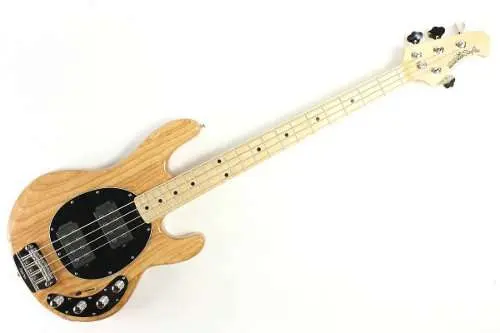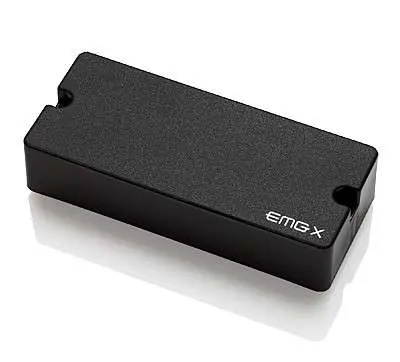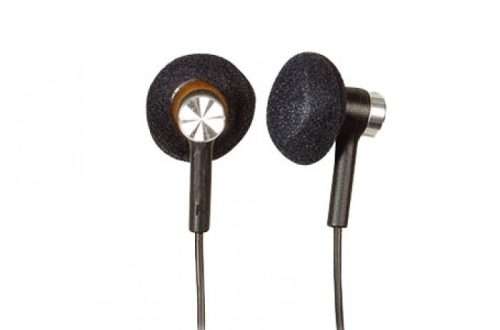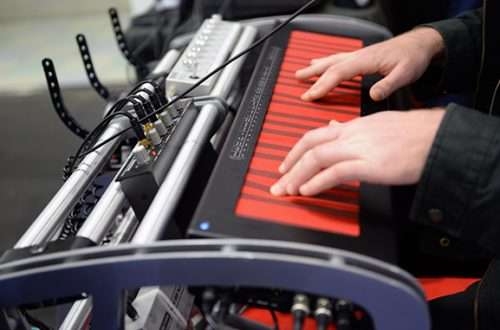
Pickups in a bass guitar
We will deal with the parts of the bass guitar that, after replacement, can radically change its sound. The pickups are the heart of this instrument, thanks to them it transmits the signal to the amplifier. For this reason, it plays an extremely important role in creating sound.
Division into humbuckers and singles
The pickups are generally divided into humbuckers and singles, although in the history of bass guitar, the first violin in the times of displacing double basses from the salons of double basses was made by a pickup that is technically a humbucker, although it does not fully behave like a typical humbucker. This is a Precision type pickup (often referred to by the letter P) that was first used in Fender Precision Bass guitars. In fact, this converter is two singles permanently connected to each other. Each of these singles traditionally consists of two strings. This reduced the noise, eliminating the unwanted hum phenomenon. The sound produced by Precision has a lot of “meat” in it. The emphasis is mainly on low frequencies. To this day, it is very often used as a standalone pickup or in pair with a single (this extends the range of sounds) or much less often with a second Precision pickup. The Precision pickups are used in all genres of music because they are incredibly versatile, yet they have practically one, almost unmodifiable sound when used alone. But for a huge number of bass players, this is the best sound ever made.

The most popular single used in bass guitars is the Jazz-type pickup (often referred to with the letter J), first used in Fender Jazz Bass guitars. It is just as suitable for jazz as it is for other genres. Like Precision, it is very versatile. In English, the verb jazz means “to pimp up”, so it has little to do with jazz music. The name was simply meant to be associated with English-speaking musicians. Jazz pickups are most often used in pairs. Using both of them at once eliminates humming. Each Jazz pickup can be individually adjusted with the instrument’s “volume” knob. As a result, you can only play a neck pickup (sound similar to Precision) or a bridge pickup (with less low frequencies, ideal for bass solos).
You can also mix the proportions, a bit of this and a bit of that converter. Precision + Jazz duos are also frequent. As I wrote before, this extends the sonic capabilities of the Precision DAC. The Jazz pickups produce a sound with more midrange and treble. It does not mean that their bottom end is weak. Thanks to the increased midrange and treble, they stand out very well in the mix. There are also modern versions of the Jazz pickups in the form of humbuckers. They sound a lot like Jazz singles. However, they reduce hum, even when acting alone.

There are also classic humbuckers (often referred to with the letter H), i.e. two permanently connected singles, but this time both covering all strings. Most often they strongly emphasize the middle of the sound, which causes a characteristic growl. Thanks to this feature, they can even cut through heavily distorted electric guitars. For this reason, they are often found in metal. Of course, they are not only used in this genre. They can appear alone both under the neck (they sound like Precision with less lows and a lot more midrange) and under the bridge (they sound like a lonely Jazz under the bridge, but with more lows and a little more midrange). Very often we have two humbuckers in bass guitars. Then they can be mixed, as is the case with pairs J + J, P + J or the rarer P + P configuration. You can also find configurations with one humbucker and one Precision or Jazz pickup.

Active and passive
In addition, there is a division into active and passive pickups. Active transducers eliminate any interference. Often in bass guitars with active pickups there is high – mid – low equalization that can be used to search for the sound before using the amp’s equalizer. This gives a wider palette of sounds. They balance the volume of aggressive and gentle licks (of course, the licks retain their aggressive or delicate character, their volume is simply balanced). Active converters must be powered most often by one 9V battery. They include, among others MusicMan humbuckers that set themselves apart from classic humbuckers. They emphasize the upper part of the band, which is why they are very often used in the clang technique. Passive transducers do not need any power supply. Their individual sound can only be changed with the “tone” knob. By themselves, they do not equalize the volume levels. Their supporters talk about a more natural sound of these pickups.

Summation
If you have a pickup of a certain type in your guitar, check which model it is. You can easily change any pickup to a pickup of the same type, but from a higher shelf. This will significantly improve the sound of the instrument. The change in the various types of transducers is dictated by the place in the body dedicated to the transducers. Different types of transducers come in different shapes and sizes. Violin makers make grooves in the body, so it’s not that big of a problem. A popular procedure that requires gouging is adding a Jazz pickup to the Precision pickup, for example. You should also pay attention to the pickup when buying an instrument. There are two strategies. Buying a bass guitar with weak pickups, and then buying higher-end pickups or buying a bass with better pickups right away.
Comments
I skate on Thursdays after school as long as my mother lets me. On the skateboard at the playground for children. I already know a few tricks. I prefer jazz bass 🙂
przemo





